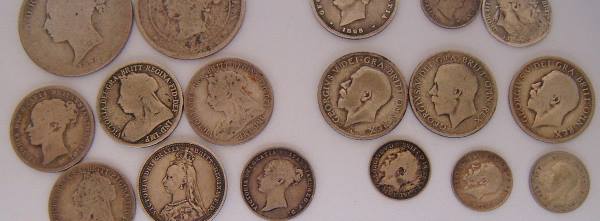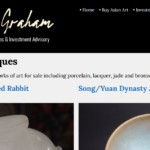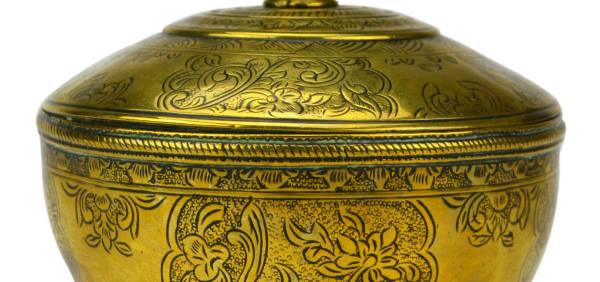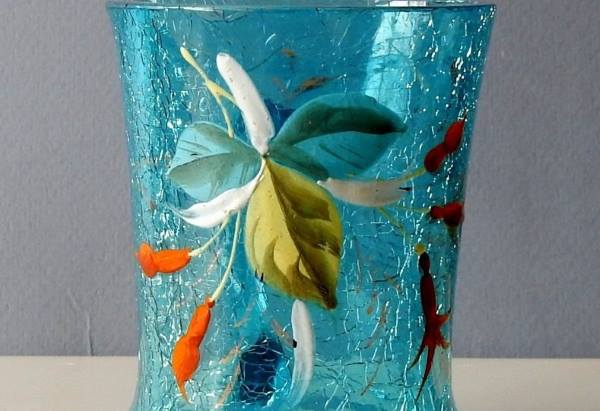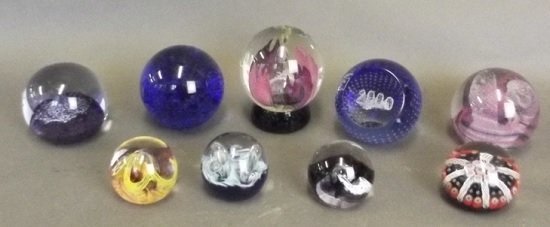There comes a time in the lives of many collectors when, for some reason, items need to be released. Often the entire collection goes, though a few favorite pieces (those with special, personal meaning) may be retained. Other collectors sell part of a collection, keeping the artifacts or artworks of most interest. Many collectors know how to acquire specimens, but know little about how to disperse them if such a decision is made.
Though most procedures for dispersing a collection apply to any type of antique or collectible, this article provides tips especially for dispersing collections of Indian artifacts. Collectors will pickup on helpful information which also will apply to their specialties.
The most common method of dispersal for Amerind (American Indian artifact) collectors is to sell to a fellow collector with whom you are on good terms, one who is already familiar with the collection. Ideal collections are those that were self-found years ago in a limited geographic area. The problem of fakes is almost eliminated, and there is solid provenance information; both considerations are very attractive to potential buyers.
The positive side is that this is usually the quickest, easiest way to sell. The drawbacks are that there is usually no competition for the collection, and the price may be well below standard market value. If time is not too important, the seller should get at least three solid offers before agreeing to the sale. This is fair both to the collector and to the collection.
Large and well-known collections often do well at auction, though a collection need not be extensive to be auctioned. Smaller collections or even a few items can be added to a major auction to complete a typical 500-lot public sale. Certain auction houses specialize in antiques, artifacts, and collectibles and have an established bidder-base of those interested in such items.
Auction “pros” include the variety of publicity from advertisements, catalogs, or flyers distributed to those on the auction mailing list, to word-of-mouth news among collectors. “Cons” would be the auction commission (often 20% or higher), sometimes countered by spirited, competitive bidding; and the occasional wait for an available and appropriate auction date.
Collectors may use classified advertisements to sell either individual pieces, portions of collections, or an entire assemblage of artifacts. “Pros” include often setting the price in advance and weeding out mere curiosity-lookers. The cost is quite low for most such ads. A disadvantage for some is the waiting period before the ad comes out, since trade publications generally are printed on a monthly or even quarterly basis. The advertiser also does not know who will respond, raising security questions; though some people handle this by listing only a phone or fax number for a contact.
Many collectors belong to organizations whose members are Amerind art collectors. Meetings may be held several times a year, when buying and selling of artifacts takes place. Other large shows, such as the ones at Pigeon Forge, Tenn., and Collinsville, Ill., take place once a year, each attracting thousands of interested people. Collectors often take these opportunities to sell their own artifacts.
However, for such events, arrangements (table rentals, hotel/motel reservations) must be made well in advance. Also, most artifacts are priced, and sell on a one-by-one basis or occasionally as a small grouping or frame. A small collection at times is offered, but this is not common. Any seller at such shows competes with dozens of other sellers or dealers at the same time and in the same building.
Most buyers here might be classed as intermediate to advanced collectors who are interested mainly in top-grade specimens. Selling one-by-one would eventually get the work of dispersion done, but might require several very spread-out shows, both in time and distance. And, the better pieces would probably be purchased first, leaving the bulk of a collection without major or standout specimens to help market the average pieces that remain.
Artifact dealers are usually willing to buy collections, and many collectors eventually sell to a dealer. The advantage is that the sale is often quickly concluded, requiring only a phone call and an inspection trip. The downside is that dealers usually pay only part of what the individual artifacts eventually bring, and this part depends on the particular dealer and how badly stock for sale or trade is needed.
A new collection-dispersal system now exists: auction services via the internet. One well-used example is eBay (www.ebay.com), where collectors are beginning to advertise and picture individual artifacts or small groupings. Since artifacts cannot be examined in person, sellers understand the value of accompanying authentication papers for prehistoric artifacts. Items offered range in value from a few dollars to many hundreds.
Disadvantages are that the seller must have a good working knowledge of computers, web-browsers, and equipment for processing digitized photographs, usually in color. Too, much time can be spent in front of the computer monitor, entering information and checking bidding progress. Advantages are the unlimited potential audience or number of bidders, plus a relatively small cost. The seller is aided because the buyer/bidder can do a limiting or narrowed search and call up only items of interest. This is still fairly new and many collectors are yet unaware of the possibilities of electronic, do-it-yourself auctions.
Most Amerind artifact collections, unless collections stay in the family, are eventually sold. Some overall suggestions are in order:
• Any fake pieces should be removed and destroyed, or permanently marked and used for educational displays. The presence of a dozen fakes in an otherwise authentic collection can harm values, especially if buyers are not knowledgeable enough to readily identify them.
• A collection, if offered to an individual, should be reasonably priced. Here, a collector may be too familiar with all the items and have difficulty in doing a subjective appraisal. Sometimes it is helpful to call in a disinterested third party who is up-to-date on market levels and trends, one who can produce a fair value figure.
• It is important to keep good records, and each piece should have basic information about where it came from. This is not only an aid in establishing authenticity, but is invaluable for any future archaeological studies. As many collectors know, background facts can be as important as artifacts themselves.
The end goal in dispersing a collection is, of course, to exchange artifacts for dollars. In all this, hopefully the collection will go to someone who will appreciate and protect everything as much as the seller.


